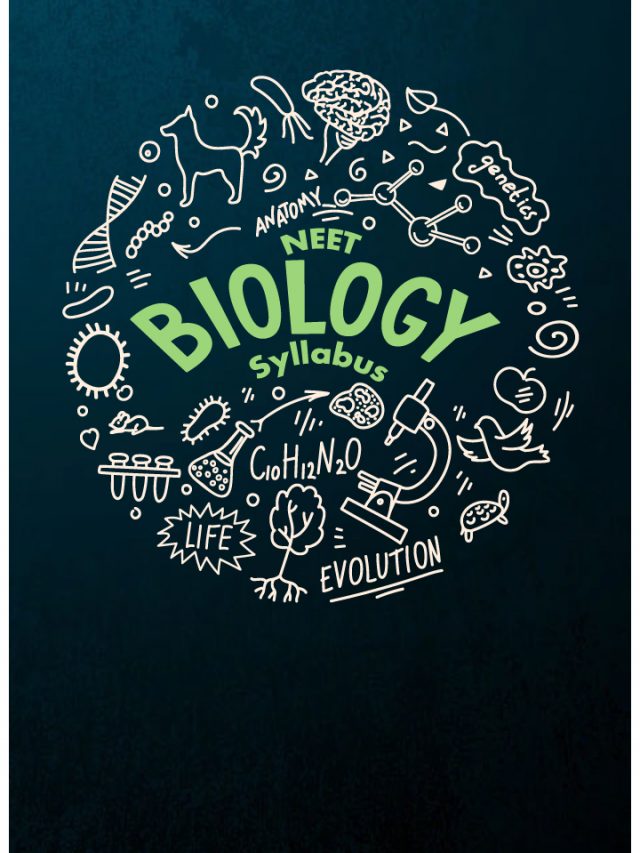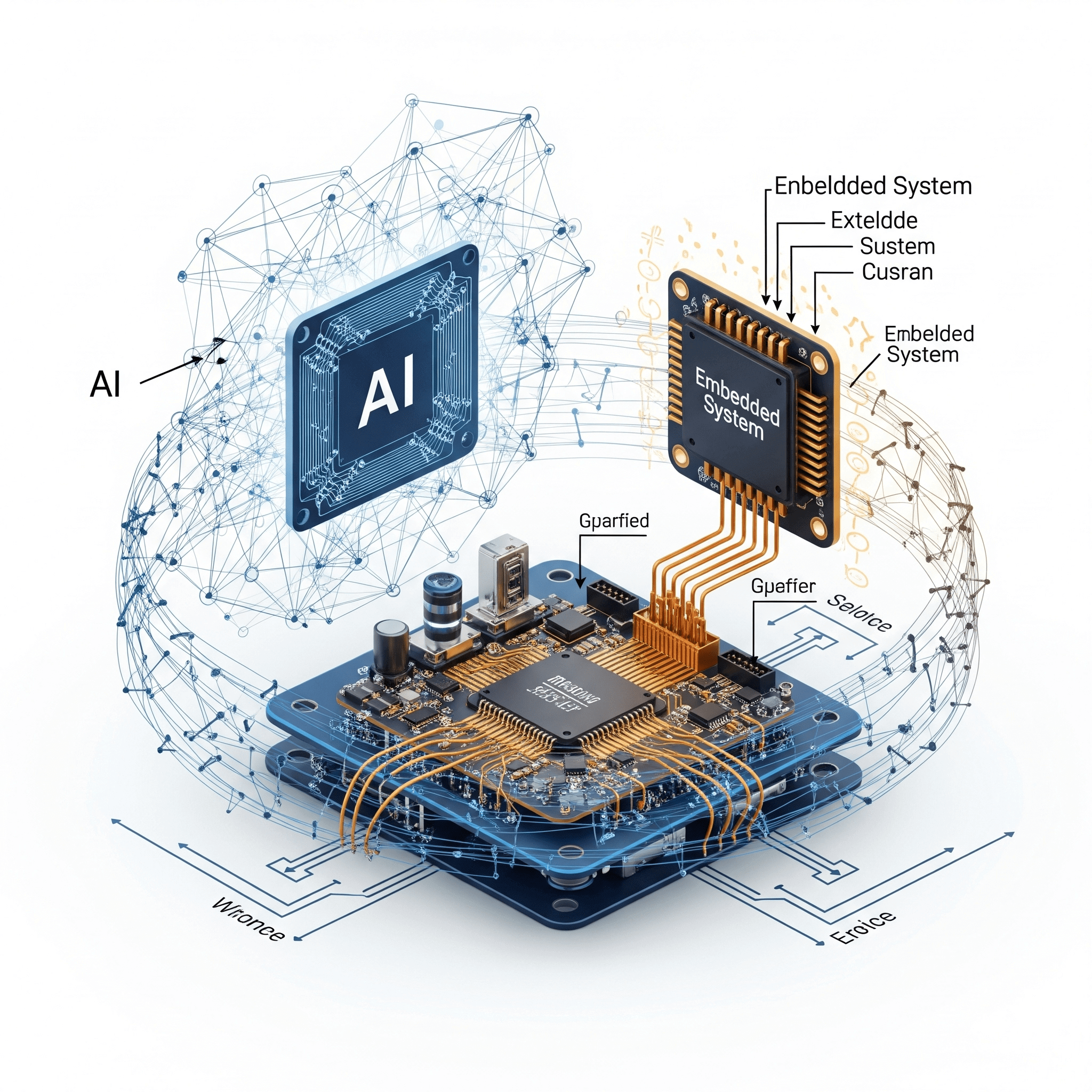Class 11 Biology
- (0 Reviews)
- 0 students enrolled
Class 11 Biology
Class 11 Biology typically covers fundamental concepts related to living organisms, their structure, function, and interactions. The curriculum often introduces students to the principles of biology, building a foundation for more advanced topics in later classes.
- (0 Reviews)
- 0 students enrolled
What learn
- Comprehensive Subject Knowledge
- Visual and Interactive Education
- Adaptive Learning Methodology
- 24/7 Availability
- Global Reach and Diverse Resources
Course Content
Requirements
- Laptop or Smart Phone with internet connection
Description
-
Cell The Unit of Life (I-V): The cell is the basic structural and functional unit of living organisms. These topics likely cover various aspects of cell structure, function, and processes.
-
Photosynthesis in Higher Plants: This topic explores the process of photosynthesis in plants, where they convert light energy into chemical energy to synthesize food.
-
Body Fluids and Circulation: Focuses on the circulatory system, including the heart, blood vessels, and blood, as well as the transport of nutrients and waste in the body.
-
Animal Kingdom (I-III): These topics likely cover the classification, characteristics, and diversity of animals in the animal kingdom.
-
Digestion and Absorption: Explores the process of breaking down food into simpler forms for absorption in the digestive system.
-
Breathing, Exchange of Gases: Covers the respiratory system and the exchange of gases like oxygen and carbon dioxide in living organisms.
-
Mineral Nutrition: Discusses the role and importance of minerals for the growth and development of plants.
-
Transport in Plants: Examines the mechanisms by which plants transport water, nutrients, and other substances within their structures.
-
Locomotion and Movements: Focuses on the movement of organisms, including both animals and plants.
-
Morphology of Flowering Plants (Stem, Leaves, Inflorescence, Roots, Flowers, Fruits): Describes the external structure and form of flowering plants, covering different plant organs.
-
Long Distance Transport of Water: Likely related to the movement of water over longer distances in plants, often involving the vascular system.
-
Plant Growth and Development: Explores the processes and factors influencing the growth and development of plants.
-
Nervous Control and Coordination: Discusses the nervous system and how organisms coordinate responses to stimuli.
-
Transport of Mineral Nutrients in Plants: Examines how plants absorb and transport essential minerals for their growth.
-
Respiration in Plants: Covers the process of respiration in plants, where they release energy from stored food.
-
Biomolecules: Explores the various types of biomolecules, including proteins, nucleic acids, lipids, and carbohydrates.
-
Biological Classification (I-III): Involves the classification of living organisms based on their characteristics and evolutionary relationships.
-
The Living World (I-II): Likely introduces the basic concepts related to living organisms and their diversity.
-
Cell Cycle and Cell Division: Examines the processes of cell division and the cell cycle.
-
Excretory Products and their Elimination: Focuses on the excretory system and the elimination of waste products from living organisms.
-
Anatomy of Flowering Plants: Discusses the internal structure of flowering plants.
-
Chemical Coordination and Integration: Explores how hormones and chemical signals coordinate various physiological processes in organisms.
Recent Courses
- June, 23rd 2025
- 3
This course plan outlines a comprehensive curriculum for a prompt engineering course, designed to equip learners with the ski..
- 1699.00₹
2000.00₹
- June, 28th 2025
- 12
In an era where technology is seamlessly integrated into our daily lives, understanding the synergy between Embedded Systems..
- 1599.00₹
2000.00₹
- May, 22nd 2024
- 0
Microeconomics is an essential component of economics as a whole, as it helps us understand how individual decisions and inte..
- 799.00₹
999.00₹
About Instructor
"Founded in 2019, Bringup Education stands as a dynamic Ed-Tech firm. We take pride in offering a diverse array of courses, spanning from school-level education to rigorous undergraduate programs, all impeccably facilitated through our state-of-the-art Learning Management System (LMS).
Moreover, at Bringup Education, we are committed to preparing students for the professional world by providing valuable training and internship opportunities. These experiences not only augment students' skills but also ensure they are 'job ready' upon graduation."


.png)




.png)


